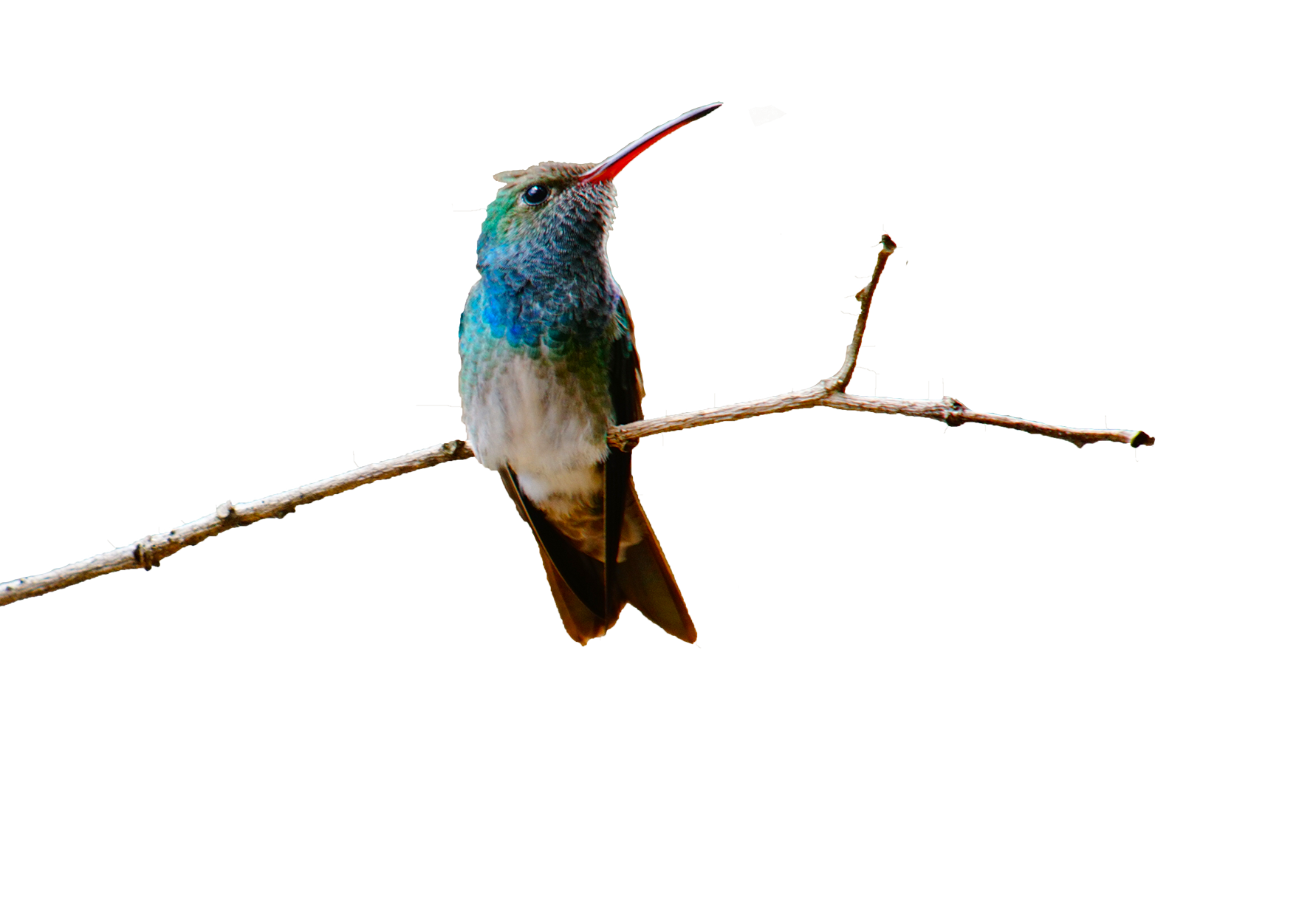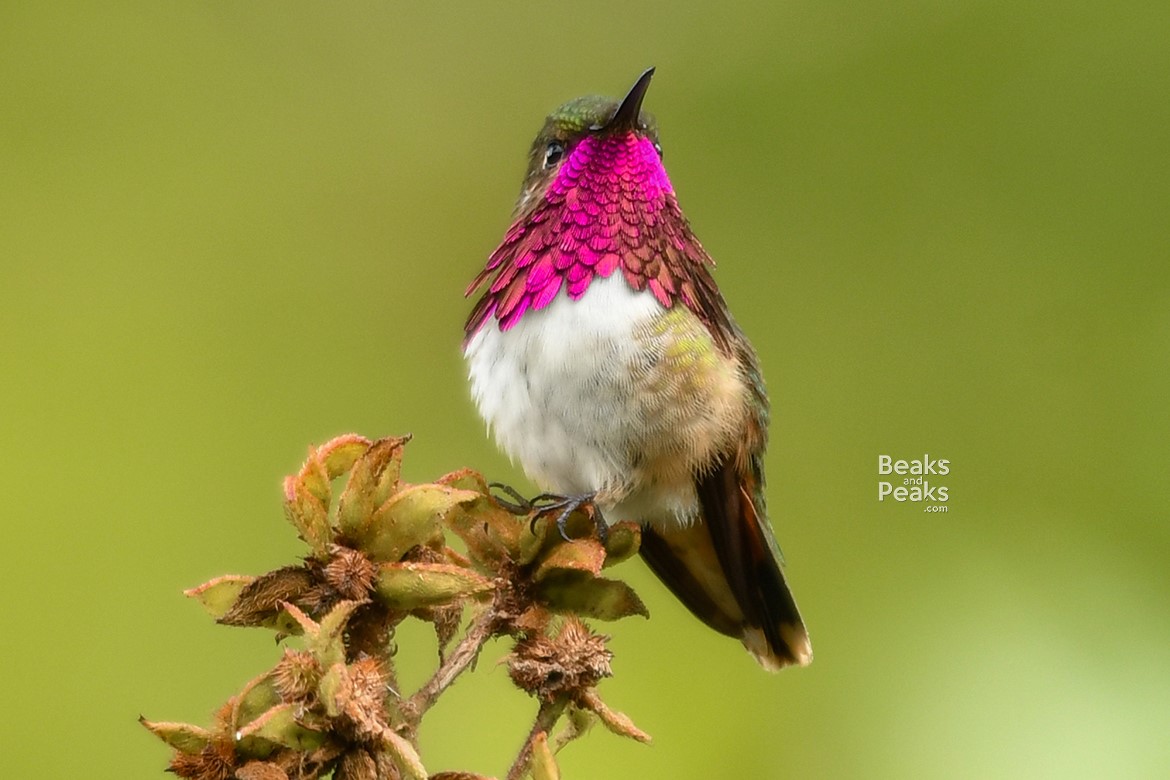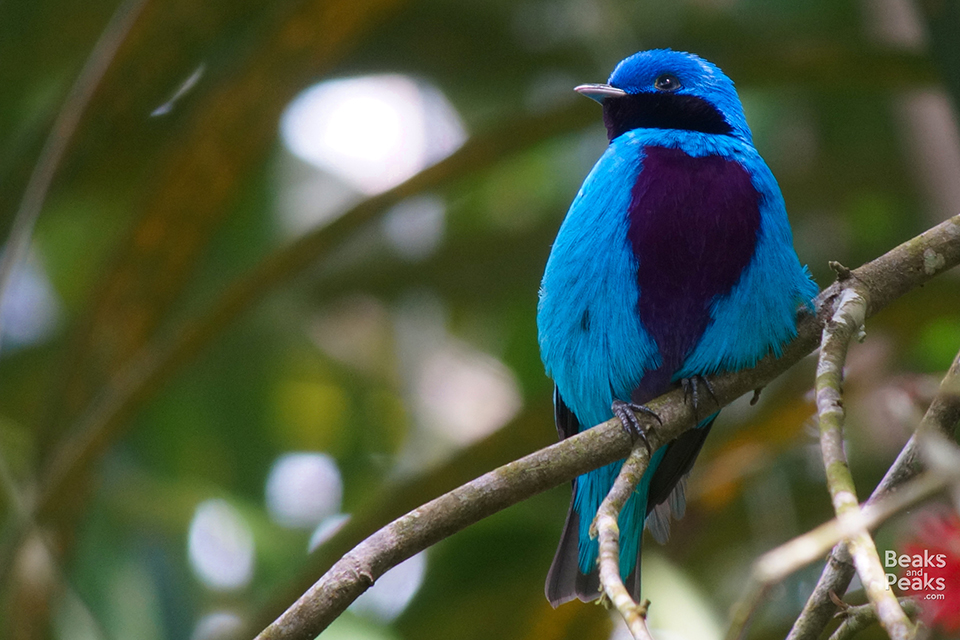Honduras

geography
Honduras is located in Central America, in the center of the landbridge between North and South America. It borders Guatemala, El Salvador, and Nicaragua. The country has an extensive coastline along the Caribbean Sea and a shorter one along the Pacific Ocean, the Gulf of Fonseca.
Honduras has three big topographic regions. Firstly, there are the narrow coastal plains along on the Caribbean Coast that widen in the northeast toward lowland Moskítia. Secondly, the interior, which is mountainous – about 80 percent of the country consists of mountains – and crisscrossed by many river valleys. The major landform in the country is the Central American Cordillera, which crosses Honduras from east to west. And thirdly, the coastal plain of the Gulf of Fonseca on the Pacific Coast. The broken topography of Honduras is due to its geological position near the junction of the North American, Caribbean and Cocos tectonic plates.
Characteristic for Honduras’ topography is the so-called Honduran Depression, a composite of geological breaks in the landscape, forming a chain of valleys traversing the country from north to south. More specifically, it connects the Sula valley, Lake Yojoa basin, Otoro valley, Comayagua valley and ends at the Pacific Ocean along the Honduran-Salvadoran border). The Honduran Depression forms an important biogeographical barrier, separating species to the west from those to the east of the geological formation.
biodiversity
Vegetation is abundant throughout much of Honduras. Forests cover about 41.5 percent of the total land area. The humid lowlands along the Caribbean is covered primarily in rainforest, whereas the Pacific plain in the south is more arid and characterized by pine-oak and dry scrub. The interior valleys are also rather dry, and most are filled with low thorn forest. Honduras also boasts coastal lagoons bordered by mangrove forests on both coasts, and a big freshwater lake surrounded by wetlands (recognized by the UN RAMSAR convention) in the center of the country. On the mid-elevation slopes in the south and west of the country, you will find mainly coniferous forests. More towards the north, the prevalent vegetation type changes to humid broadleaf forests and rainforests. Ultimately, the highest elevations are characterized by cloudforest – and some of the best preserved in all of Central America too, since all land above 1,800m/5,900ft is automatically protected.
To summarize, Honduras hosts the following habitat types: lakes and lagoons, gallery forest, scrub, thorn forest, littoral forest and scrub, pine and pine-oak forest, deciduous and semi-deciduous forest, humid broadleaf forest, elfin forest, mangrove, savanna and grassland, pastures, marshes, agricultural lands, plantations, gardens, urban and suburban areas, coastal waters and pelagic waters.
Habitat heterogeneity (and its location on the isthmus and thus on all major migration routes) is an important factor in influencing Honduras’ great bird diversity. Each of these many ecoregions possesses its own distinct fauna and flora. More than 9000 species of plants have been reported for Honduras, including approximately 204 endemic species. Additionally, Honduras has roughly 150 amphibians (70 endemic), 430 reptiles (81 endemic), over 170 fish species (10 endemic), more than 230 mammals (8 endemic), and at least 775 bird species (1 endemic).
climate
Honduras is a tropical country overall, although the climate varies significantly per region. The Caribbean lowlands have a tropical wet climate. Temperatures and humidity here are high year-round, and rain falls relatively evenly throughout the year. The Pacific lowlands have a tropical wet and dry climate. Here, the temperatures remain high all year, but there is a distinct dry season from November through April. The interior highlands have the same, marked dry season, but temperatures that decrease with elevation, meaning land below 1,000 meters is generally hot, between 1,000 and 2,000 meters temperate, and above 2,000 meters cool to cold.
Honduras sits on the hurricane belt. It is mainly the Caribbean coast which is indeed vulnerable to hurricanes or tropical storms, although not to the same extent as outlying islands in the Caribbean Sea such as the Bahamas, Cuba or the Antilles. Hurricanes sometimes also form over the Pacific, but those are generally less intense and they rarely make landfall.
Culture
Honduras has been inhabited since well before the 1st century CE. The ruins at Copán in western Honduras indicate that the area was the center of Mayan civilization before the Maya migrated to the Yucatán Peninsula. Descendants of the Maya, the Chortí, continue to live in the area.
Most of the Amerindians in Honduras, however, are Lenca. They are found mainly in the southwest and interior highlands, near the Guatemala border, close to the most important Indian centers of the pre-Columbian period. Small, isolated groups of other native peoples—such as the Jicaque, Miskito, and Pech, Sumo, Tawahka and Tolupán—live in the northeast, although their numbers are declining. Of the total population, about nine-tenths is mestizo (a mixture of Spanish and Indian). Blacks of West Indian origin and Garifuna (Black Caribs) make up a significant part of the population along the Caribbean coast, an area where English is widely spoken.
The official language of Honduras is Spanish. On the mainland, most speak only Spanish, though occasionally there are some younger people who also speak some English. On the north coast, and especially on the Bay Islands, people do often speak both English and Spanish fluently. There is also a Bay Island creole version of English. Various indigenous languages are still spoken in different parts of Honduras, though most are in decline or even extinct by now: Pipíl (extinct), Chortí, Jicaque, Tolupán, Lenca, Sumo or Tawahka, Matagalpa, Miskíto, Pech or Paya, and Garífuna.
The predominant religion is Roman Catholicism, some two-thirds of the population being adherents. The largest of the remaining groups are Protestant, with notable congregations in the east and on the Bay Islands. There has been rapid growth in Protestant churches, especially since the upheaval caused by Hurricane Mitch in 1998.
best time for birding
End of September to mid May.
recommended bird guides/apps
Books:
Birds of Central America by Andrew C. Vallely & Dale Dyer
Guide to the Birds of Honduras by Robert Gallardo (English and Spanish versions available)
Peterson Field Guide to the Birds of Northern Central America by Jesse Fagan & Oliver Komar (also available as eBook / pdf)
Apps:
Merlin by Cornell Lab of Ornithology (download Honduras package)
eBird by Cornell Lab of Ornithology
Money
The official currency is called the Lempira (L. / Lps. / HNL). The current exchange rate is about:
1 USD = 24.06 HNL
1 EUR = 28.82 HNL
1 GBP = 33.28 HNL
Most bigger towns and cities have ATM’s that will work with VISA or Mastercard. You can also easily exchange US dollars at the airport upon arrival (not euros nor pounds, though). Most hotels accept credit cards. Smaller businesses such as restaurants or shops (except supermarkets) don’t, unless very tourist-oriented locales for example in Copán.
Tipping
Tipping is never compulsory on any of our tours, but many visitors do choose to tip guides, drivers, and other ground staff, especially if they feel they have worked hard and done a good job, and we get many questions about what would be an appropriate amount, so we have tried to figure out some guidelines. Again, this is entirely up to your discretion, and we mention this merely for your information and in answer to questions we regularly receive from our clients.
Restaurants: 2-3USD/meal
Hotels: 5USD/room/day
Luggage porters: 1USD/bag
Local guide: 5-10USD/p/day
Drivers: 5USD/p/day
Tour guide/leader: 15-20USD/p/day
Health & hygiene
Consult your doctor timely about vaccinations and medication and inform us of any health issues or dietary requirements, so we can take the best possible care of you.
Tap water in Honduras is not for drinking. Hotels will provide purified water for drinking, brushing teeth etc.
Hotels we visit are the best in their class in any of the locations we visit. They are clean, have hot water, usually have a fan or A/C (though not always), provide purified water for drinking, and good overall service.
Restaurants we select to take our clients have been trained to cater for tourists. They maintain the highest possible hygiene standards and use purified water in all drinks (and ice) and food preparations.
Honduras plumbing is not the same as in most western countries. That means that nothing that hasn’t been through your body should go into the toilet. Paper, women’s towels, tampons etc. go in the bin, which is emptied daily.
Even when taking all possible precautionary measures, the change of climate, food, activity level etc. sometimes weighs on people, causing nausea or diarrhea, which can ruin a day. Bring the necessary medicine to alleviate symptoms of the most common traveler’s conditions. We also always carry a first aid kit, so let us know if you need anything.
The Honduran health care system is that of a developing country. There are private clinics and hospitals that offer good treatment for most common conditions, but highly specialized care is hard if not impossible to get—and these private establishments can be very expensive. The public system is a lot more affordable, but only offers basic health care, and struggles with a lack of both equipment, medicine and staff.
We strongly recommend all travelers to Honduras take out health/hospitalization/travel insurance in their home country.


